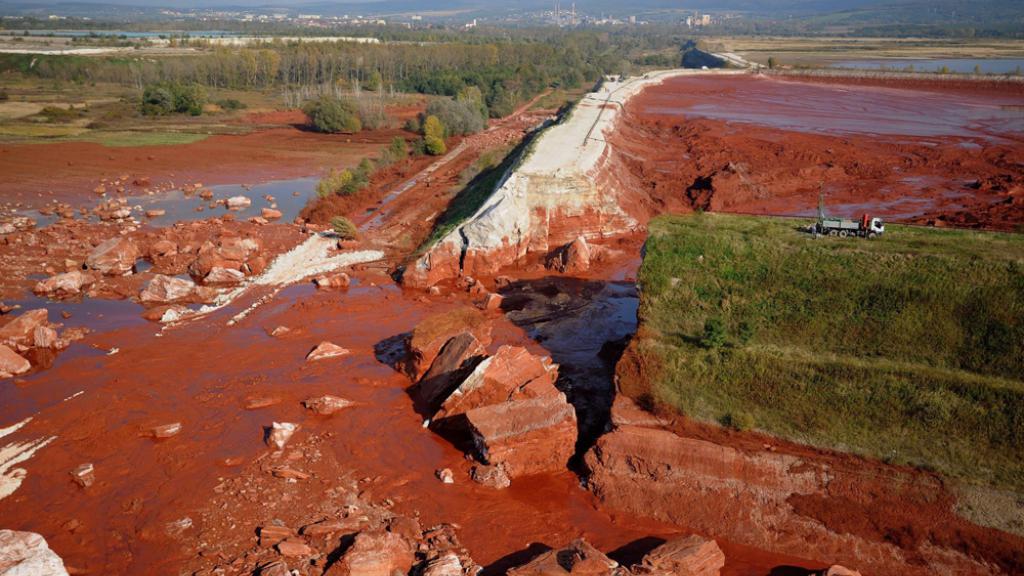Accident Prevention

Accidental pollution in the Danube River Basin can cause widespread damage to the environment, and endanger the health of local people and the state of local economies downstream. This was exemplified by the effects of the Baia Mare cyanide spill in Romania in 2000 or by the Hungarian redsludge accident at Ajka in 2010. The ICPDR is working to prevent accidental pollution and to improve response capability by compiling an inventory of all relevant "Accident Risk Spots".
Accidental pollution incidents in the Danube River Basin can cause widespread damage to the environment, and endanger the health of local populations and the state of local downstream economies. This was exemplified by the effects of the Baia Mare and Baia Borsa mine waste spills in Romania in 2000 and at the Ajka red sludge spill in 2010.
The ICPDR is working to prevent accidental pollution and to improve response capability by listing all relevant "Accident Risk Spots" in inventories, and by providing and adapting tools to lessen the related risks:
- Recommendations and guidelines for the Danube states to improve the standard of safety measures at the risk sites
- Checklists to help controlling technical safety levels at Accident Risk Spots.
Inventory of Accident Risk Spots
The Accident Risk Spots inventory encompasses operational industrial sites (Accident Hazard Sites, AHS) associated with a major hazard of accidental pollution, due to the nature of the chemicals being produced, stored or used at the plants, contaminated sites (CS) including landfills and dumps in areas liable to flooding and tailings management facilities (TMF) storing left-over materials from the processing of mined ore. The latest AHS and TMF inventories were compiled in 2021, along with a hazard and risk assessment of the identified sites.
Improving the safety of the tailings management facilities
Over the course of the last two decades, surface water bodies throughout the Danube River Basin (DRB) have been severely damaged by several major accident events at industrial and mining tailings management facilities (TMFs). These disasters dramatically demonstrate what catastrophic consequences the inappropriate operation of TMFs might have on adjacent aquatic environments, human populations and socio-economic goods. There is a substantial number of TMFs in the basin where adequate safety conditions need to be ensured. The Danube countries, under the umbrella of the ICPDR and in cooperation with the German Environment Agency, jointly implemented the Danube TMF project from 2019-2020 to address these challenges.
The overall objective of the project was to contribute strengthening the technical and management capacity at the concerned facilities and responsible authorities by providing them with practical tools for self-assessment and inspection, respectively. This will ensure that in the medium term a common set of minimum TMF standards and safety requirements are respected in the DRB so that the overall TMF safety is improved and the population and water bodies are protected.
Cooperation with the UNECE
The ICPDR established a close cooperation with the Joint Expert Group (JEG) on Water and Industrial Accidents of the United Nations Economic Commission for Europe (UNECE). The ICPDR contributed to the development and supports the implementation of specific UNECE guidelines and checklists addressing certain aspects of accident prevention. The ICPDR is an observer to the JEG and supports its work in the field of accident prevention.






